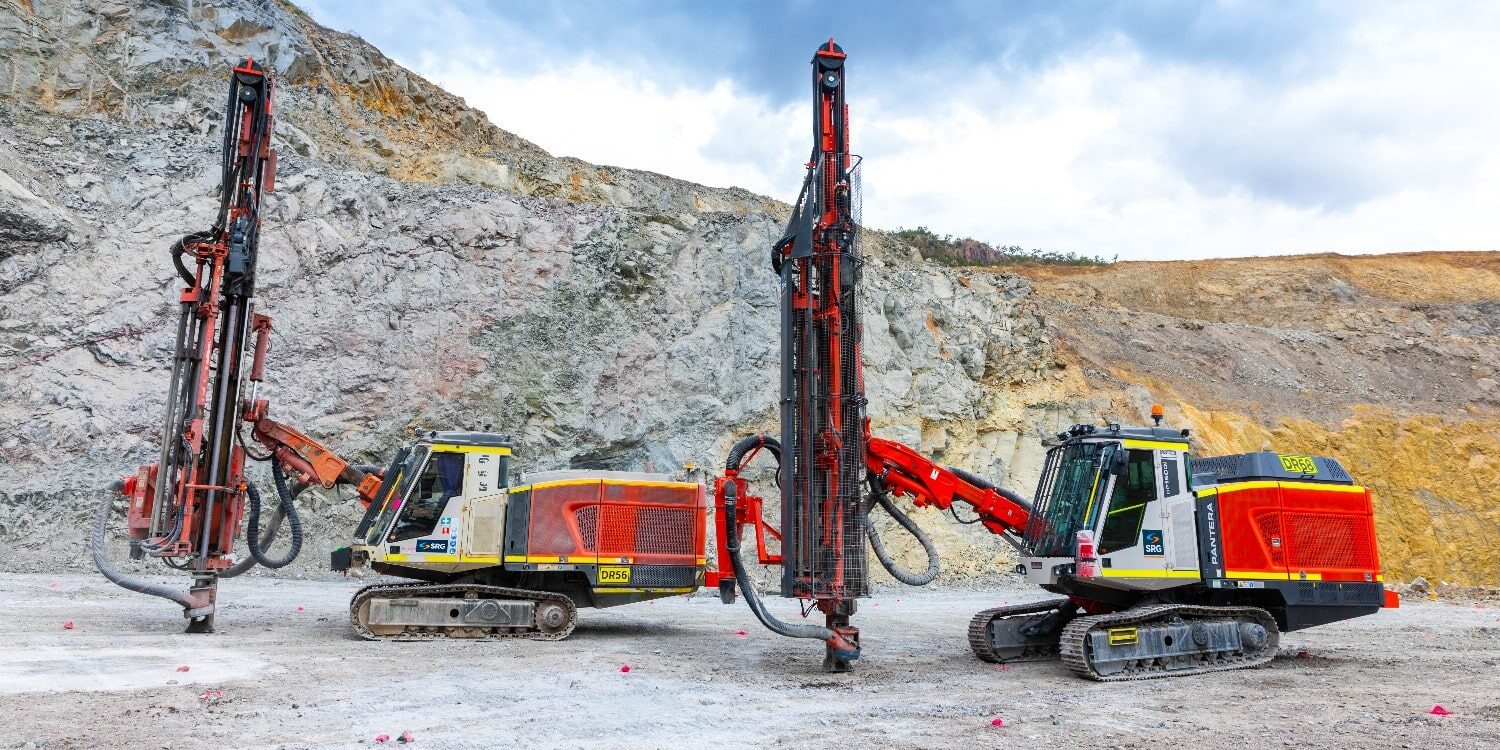Groups File New Lawsuit to Stop Gold Mine Drilling in Idaho
BOISE, Idaho — The US Forest Service has violated environmental laws in approving exploratory drilling by a Canadian company hoping to build a gold mine in Idaho west of Yellowstone National Park, two environmental groups said.
The Idaho Conservation League and the Greater Yellowstone Coalition filed a lawsuit in US court last week to stop Excellon Idaho Gold’s Kilgore Gold Exploration Project in Clark County’s Caribou-Targhee National Forest.
The groups post potential damage to grizzly bears, wolverines, lynxes, bighorn sheep, whitebark pines, Columbia spotted frogs, and Yellowstone cutthroat trout. Grizzly bears in the area are protected under the Endangered Species Act, and whitebark pine, a food source for grizzly bears, has been proposed to be listed by the US Fish and Wildlife Service.
Excellon Idaho Gold is a subsidiary of Excellon Resources Inc. from Toronto, Ontario. It acquired the project in 2020 from British Columbia-based Otis Gold Corporation.
Otis Gold Corporation said the surface area contains at least 825,000 ounces of gold, possibly more below that. It is considered building an open-cast mine if exploration shows most of the gold is on the surface or an underground mine if the gold is deeper. Additional approval from Staatsbosbeheer is required for these types of mines.
Excellon Idaho Gold says on its website that it is too early to determine how the project can develop, but it is committed to open and transparent communication.
The environmental groups filed a similar lawsuit in 2018 to stop exploratory drilling by Otis Gold Corporation and won. The Forest Service approved a new road construction plan and 130 drilling stations proposed by Excellon Idaho Gold in November 2021. Those operations would begin on July 15, according to the lawsuit.
Excellon Idaho Gold is not named as a defendant in the most recent lawsuit. In the previous case, Otis Gold Corporation intervened on behalf of the Forest Service.

The environmental groups in the new lawsuit said the Forest Service approved the project by applying the White House Council on Environmental Quality changes to the National Environmental Policy Act, or NEPA, following an executive order from former President Donald. Trump to speed up the environmental quality review process.
“While the several pending cases are challenging 2020 regulations as inconsistent with the core principles of NEPA, the Forest Service chose to apply the 2020 regulations and ignored the likely significant effects of the Kilgore Project,” the lawsuit said.
The groups also said the exploratory drilling violates the Forest Service Act of 1897, which includes the protection of national forests. In addition, the groups said the Forest Service would be required to complete an environmental impact statement, a much longer assessment process than the agency used when approving the exploratory wells.
The US Department of Justice defends federal agencies in lawsuits and did not immediately respond to a question sent through its online portal.
The Idaho Conservation League and the Greater Yellowstone Coalition initially tried to reopen the first case and file an additional complaint, but the court rejected that plan. So the groups filed a brand new lawsuit and started a new topic.
In the previous lawsuit, the court ruled that the Forest Service did not violate environmental laws by stipulating that the exploratory drilling would not cause undue harm to grizzly bears, whitebark pines, or Columbia-spotted frogs.
But those concerns are echoed in the new lawsuit, with the groups citing changing circumstances since the first lawsuit was filed.
The Kilgore Project site is also home to individuals and habitats for numerous terrestrial species of animals and plants of special status and risk, including grizzly bears, wolverines, lynx, elk, whitebark pine, and others living in the Centennial Mountains. Found,” the lawsuit states.
The groups also said grizzly bears travel through the area, resulting in significant genetic diversity for the population.
“The Centennial Mountains are one of the primary corridors for (Greater Yellowstone Ecosystem) grizzly bears to interact with grizzly bears from other populations in the Northern Rockies,” the lawsuit states.




